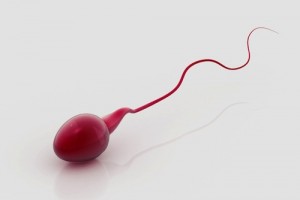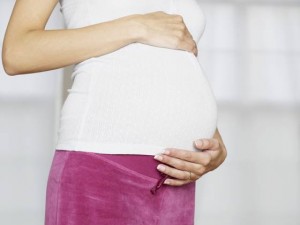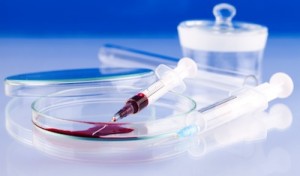 (HealthNewsDigest.com) – WHITE PLAINS, N.Y., Nov. 13, 2012 – The U.S. preterm birth rate dropped for the fifth consecutive year in 2011 to 11.7 percent, the lowest in a decade, giving thousands more babies a healthy start in life and saving billions in health and social costs.
(HealthNewsDigest.com) – WHITE PLAINS, N.Y., Nov. 13, 2012 – The U.S. preterm birth rate dropped for the fifth consecutive year in 2011 to 11.7 percent, the lowest in a decade, giving thousands more babies a healthy start in life and saving billions in health and social costs.
Four states – Vermont, Oregon, New Hampshire, and Maine earned an “A” on the March of Dimes 2012 Premature Birth Report Card as their preterm birth rates met the March of Dimes 9.6 percent goal. Although, the US preterm birth rate improved, it again earned a “C” on the Report Card.
“These results demonstrate that many premature births can be prevented with the right policies and bold leadership,” said March of Dimes President Dr. Jennifer L. Howse. “Our national progress in reducing premature births over the past five years shows that when infant health becomes a priority, babies benefit. We must implement proven interventions and accelerate our investment in new research to prevent preterm birth so one day every baby will get a healthy start in life.” Read full article.







